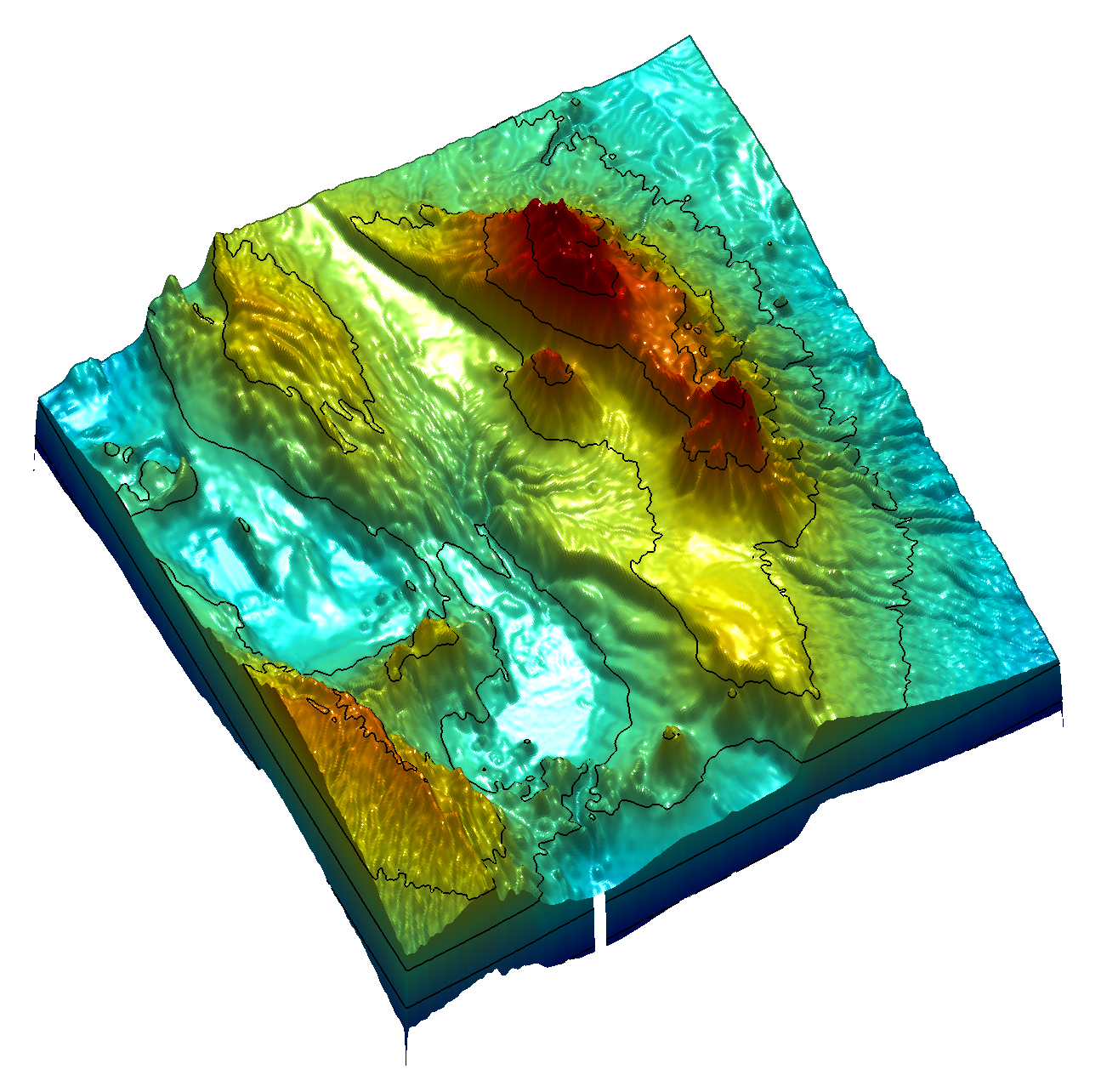 Working with quantitative data, which requires sophisticated mathematical and computer-assisted evaluation methods, came very late in the geological sciences, compared to other scientific disciplines. Unfortunately, in many geology courses worldwide university-level mathematics and computational geosciences is not included, as my experience – as the current chair of the examination committee of our geoscience masters program – from processing this year’s masters applications suggests.
Working with quantitative data, which requires sophisticated mathematical and computer-assisted evaluation methods, came very late in the geological sciences, compared to other scientific disciplines. Unfortunately, in many geology courses worldwide university-level mathematics and computational geosciences is not included, as my experience – as the current chair of the examination committee of our geoscience masters program – from processing this year’s masters applications suggests.
When I changed from geophysics to geology in the mid 1980s at Karlsruhe University, it was a surprise to see that working with quantitative data was not very popular. Measuring strike and dip, entering the values into a map, and drawing rose diagrams by hand – this was the evaluation of geological data. Shortly before, I had taken courses in university-level mathematics, in numerical and statistical methods, and a FORTRAN77 programming course in geophysics – a different world. Computers were already widespread and affordable, but word processing was still done with an electric typewriter.
This is still reflected in the study plans for the geology of many universities; it is actually only worse in the geography. At least in Germany you can get a Bachelor degree in geography without any knowledge of mathematics, physics or chemistry. This is my experience after completion of the application procedures of our master study courses. We had to reject many applicants because they could not prove the required mathematical knowledge. The applicants are of course disappointed because of the rejection, but the quantitatively oriented geoscientific courses at the University of Potsdam require a solid knowledge in mathematics and computer sciences.
Is it because many of the colleagues of my age did not take the detour via geophysics, they did not take maths and computer science course before getting their degree? Of course, today they are all successful geologists, even without solid mathematics and computer science education. In most places – I know of a German university where obligatory maths courses were introduced just recently – university-level mathematics is now included in the curriculum, whereas advanced courses in computational data analysis are still not very popular. This is unfortunately changing very slowly; only a few places where you can study geology are currently revising courses and incorporate sophisticated methods of data analysis into the classroom.
However, the chances of finding an attractive job after graduation are huge, after acquiring a solid knowledge in data analysis. The job vacancies are full of opportunities in the field of remote sensing, geoinformation systems or risk research, all of which require solid knowledge in computational geosciences, together with maths, physics and chemistry. In the recent past, mathematicians and computer scientists have tried to fill this gap.
Master’s courses such as Computational Sciences at the University Potsdam tried to train computer scientists in natural sciences. The original idea for this study course was that the participants acquire basic scientific knowledge in lectures on evolutionary biology and plate tectonics. Instead, they prefer courses in the field of computer science in the geosciences, such as my courses in computational geosciences. During the course they were enthusiastic participants as long as it was about programming Lego Mindstorms. When we went into the field to actually make geoscientific measurements, they all disappeared.
This is why we are trying to teach quantitative methods of data analysis in the geosciences here in Potsdam. In my experience, it is much more efficient to teach a geoscientist in data analysis than a data analyst in geosciences (see also this interesting article about data science). And this seems to work very well, as the success of my books and courses during the last two decades suggest.
